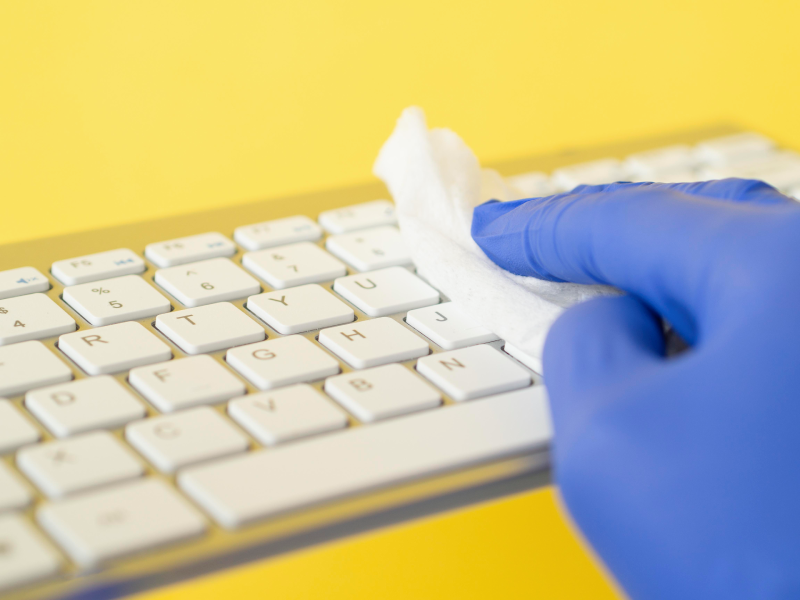In software development, there’s one universal truth: bad code happens. Whether it’s a rushed deadline, a legacy project, or just plain carelessness, messy code can derail even the best projects. But here’s the silver lining: adopting clean code principles can transform chaos into clarity, saving you time, money, and sanity in the long run.
What is Clean Code?
Clean code is like a well-written book—it’s easy to read, understand, and maintain. It avoids unnecessary complexity and follows consistent, logical patterns. In short, it’s code you’re not embarrassed to show to another developer.
Key principles of clean code include:
• Readable: Code should be self-explanatory. Variable names like userData are infinitely better than ud.
• Simple: Solve the problem without overengineering. Use what’s necessary and leave the rest.
• Testable: Clean code makes unit testing straightforward, which is critical for building reliable software.
Why Clean Code Matters
Here’s the thing: writing clean code isn’t just a “nice to have.” It’s a business necessity. Poorly written code can lead to increased bugs, longer development cycles, and higher maintenance costs.
Clean code helps with:
1. Speedy Debugging: When code is clean, finding and fixing issues becomes faster and less painful.
2. Scalability: As projects grow, clean code ensures they don’t collapse under their own weight.
3. Team Collaboration: It’s easier for new team members to understand and contribute to a clean codebase.
Practical Tips for Writing Clean Code
1. Use Meaningful Names
Your variables, methods, and classes should explain their purpose. Avoid abbreviations and cryptic names. For instance, calculateTotalPrice is far superior to calcTP.
2. Keep It DRY (Don’t Repeat Yourself)
Repeating the same code is a maintenance nightmare. Refactor common functionality into reusable functions or methods.
3. Limit Function Size
Functions should do one thing and one thing only. If your function scrolls off the screen, it’s time to split it up.
4. Comment Smartly
Comments should explain why the code exists, not what it does. Ideally, your code is clear enough that it doesn’t need comments to explain functionality.
5. Adopt Standards and Tools
Use tools like linters (e.g., ESLint for JavaScript) to enforce coding standards automatically. Follow widely accepted style guides for your language of choice.
Challenges of Clean Code
Let’s be real—clean code takes effort. It requires discipline and sometimes a bit more time upfront. But the payoff? Fewer late nights debugging and a codebase you’re actually proud of.
If you’re working with a legacy codebase, the road to clean code can feel daunting. Start small: refactor one section at a time and implement automated tests to ensure your changes don’t break anything.
Clean Code is an Investment
Ultimately, clean code isn’t just about writing pretty syntax. It’s about building software that’s sustainable and adaptable for years to come. Whether you’re a solo developer or part of a large team, the principles of clean code will serve you well.
So, next time you’re tempted to cut corners, remember: future you—and your team—will thank you for taking the time to do it right.

Leave a Reply